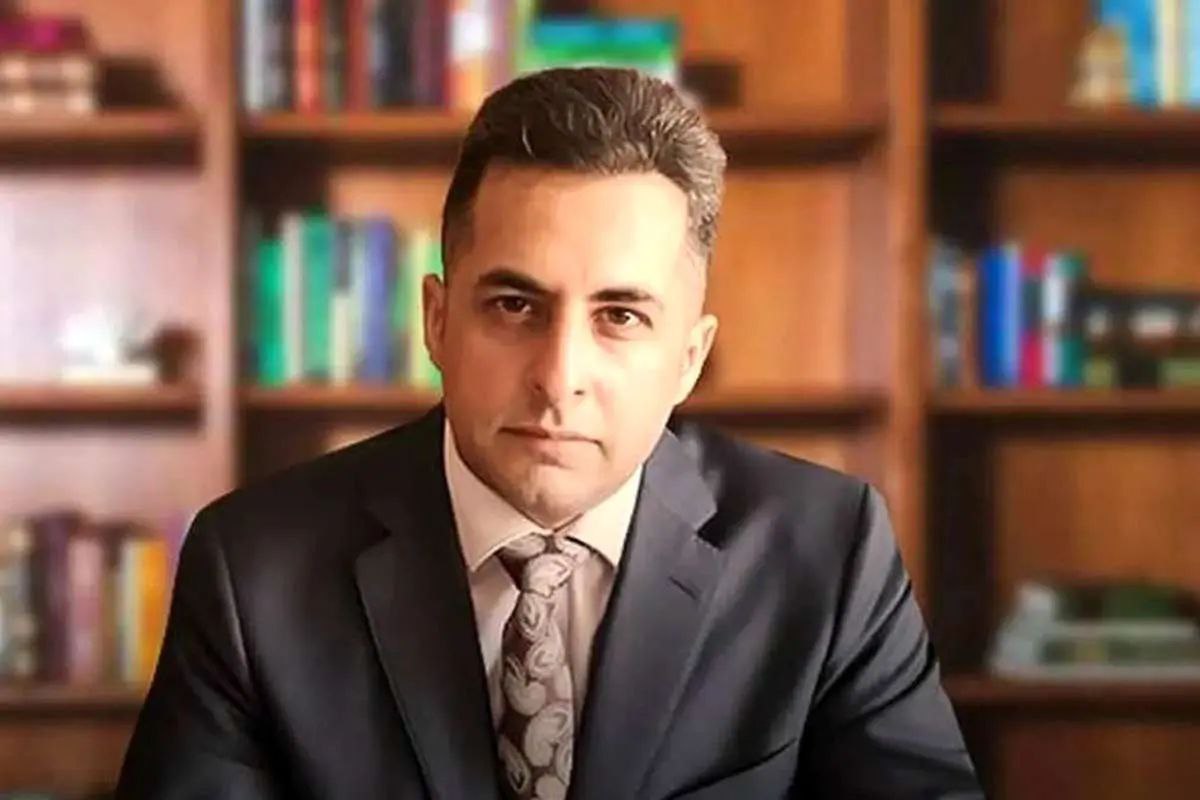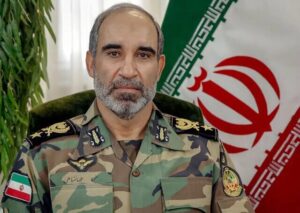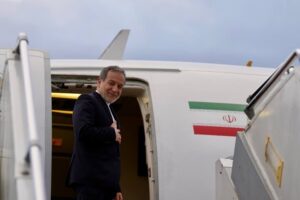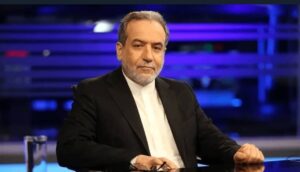Grieving and fearing further attacks amid escalating military tensions between Iran and Israel, the family left the capital for the northern town of Astaneh Ashrafieh to observe the traditional seventh-day memorial ceremony for the boy. They sought a brief moment of solace away from the violence. Israel, however, had other plans.
On June 24, in the context of intense Israeli-Iranian hostilities involving airstrikes, drone operations, and missile exchanges, Israel struck again—this time with three precision-guided munitions that obliterated the house where the ceremony was being held. Sixteen people were killed, including Dr. Sedighi himself, members of his immediate and extended family, and several neighbors. Some victims were so badly disfigured that DNA testing was required to identify them.
This was not a battlefield strike. It was a deliberate assassination, extended not only to a scientist but also to civilians gathered in mourning. Despite Israel’s claims of military necessity or preemptive defense, such justifications collapse under scrutiny of international humanitarian law.
Neither targeted home—neither the Tehran residence nor the Astaneh Ashrafieh home—had any military character. They were ordinary family residences located far from any military target or battlefield. Even accepting the assumption that Israel considered Dr. Sedighi a strategic threat because of his profession, the resulting deaths of fifteen additional civilians, including women and children, make the strike patently disproportionate and indiscriminate. Under Article 8 of the Rome Statute of the International Criminal Court, this act unquestionably constitutes a war crime.
Israel often invokes doctrines of preemptive self-defense to justify such operations. However, international law prohibits preemptive strikes that target civilians, and imposes strict conditions of distinction, proportionality, necessity, and precaution—standards Israel’s operation clearly failed to satisfy. Even under customary international law, the right to anticipatory self-defense is bound by the Caroline doctrine, which requires that the threat be “instant, overwhelming, leaving no choice of means, and no moment for deliberation.” Israel has provided no credible evidence that Dr. Sedighi posed such an imminent and overwhelming threat.
Dr. Sedighi was a nuclear physicist engaged in civilian nuclear research, working under Iran’s declared commitments within the Nuclear Non-Proliferation Treaty (NPT) framework and under the surveillance of the International Atomic Energy Agency (IAEA). His role as a scientist engaged in internationally monitored civilian research cannot reasonably be construed as satisfying this criteria. The strike, therefore, fails both treaty-based and customary standards governing the lawful use of force.
His killing was not an isolated case. In addition to Dr. Seyed Mohammad Reza Sedighi Saber, Israel’s campaign has targeted several other Iranian nuclear scientists. On June 13, 2025, in a series of simultaneous strikes in Tehran, nine prominent scientists were killed, including Fereydoon Abbasi, a former Vice President of Iran and Head of the Atomic Energy Organization; Seyyed Amir Hossein Feghhi, a full professor and deputy at the Atomic Energy Organization; Akbar Motalebizadeh, a nuclear engineer; Mohammad Mehdi Tehranchi, President of Islamic Azad University; Saeed Borji, an expert in materials engineering; Mansour Asgari, an expert in physics; Ahmadreza Zolfaghari Daryani, a distinguished professor of nuclear engineering; Ali Bakhouei Katirimi, an expert in mechanics; and Abdolhamid Minouchehr, head of Nuclear Engineering at Shahid Beheshti University. Furthermore, on June 20, 2025, Isar Tabatabai-Qamsheh, another nuclear engineer, was assassinated in Tehran. These targeted killings underscore the extent of Israel’s operations against Iran’s scientific community during the conflict.
These strikes cannot be dismissed as isolated incidents either. Rather, they represent parts of a deliberate, decade-long campaign aimed at Iran’s civilian scientific community and infrastructure.
International humanitarian law remains fully binding during armed conflict, precisely to prevent atrocities such as these. Its rules are explicit: civilians and civilian objects must never be intentionally targeted. The principle of distinction requires combatants to differentiate clearly between military and civilian targets at all times, a duty that is absolute and unambiguous.
Historically, even during the Cold War’s peak tensions, the United States and Soviet Union refrained from targeting scientists. Knowledge itself remained off-limits. If we now accept scientists being killed for their expertise, then no researcher, anywhere, is safe.
Despite these troubling implications, the global scientific community has largely remained silent. Leading institutions such as UNESCO, the International Council for Science, and the American Physical Society have issued no statements condemning these killings.
The failure of international scientific bodies to condemn the deliberate assassination of their peers undermines the universal value of science itself. Scientists everywhere depend on boundaries that separate politics and knowledge, war and peace, violence and discovery. Without these boundaries, international scientific cooperation—a cornerstone of human progress—is severely jeopardized.
International law exists precisely to prevent and punish such crimes. The United Nations must investigate the Astaneh Ashrafieh massacre independently. Global scientific institutions must urgently and publicly defend the inviolability of civilian scientists. Governments and legal institutions must affirm that civilians and scientists are never legitimate collateral targets.
The missiles that killed Dr. Sedighi and his family did more than end lives. They attacked the principle that knowledge should be protected, that civilians remain safe—even during war—and that international law still restrains the use of violence.
Whether these ideals still hold depends fundamentally on how we respond today.








